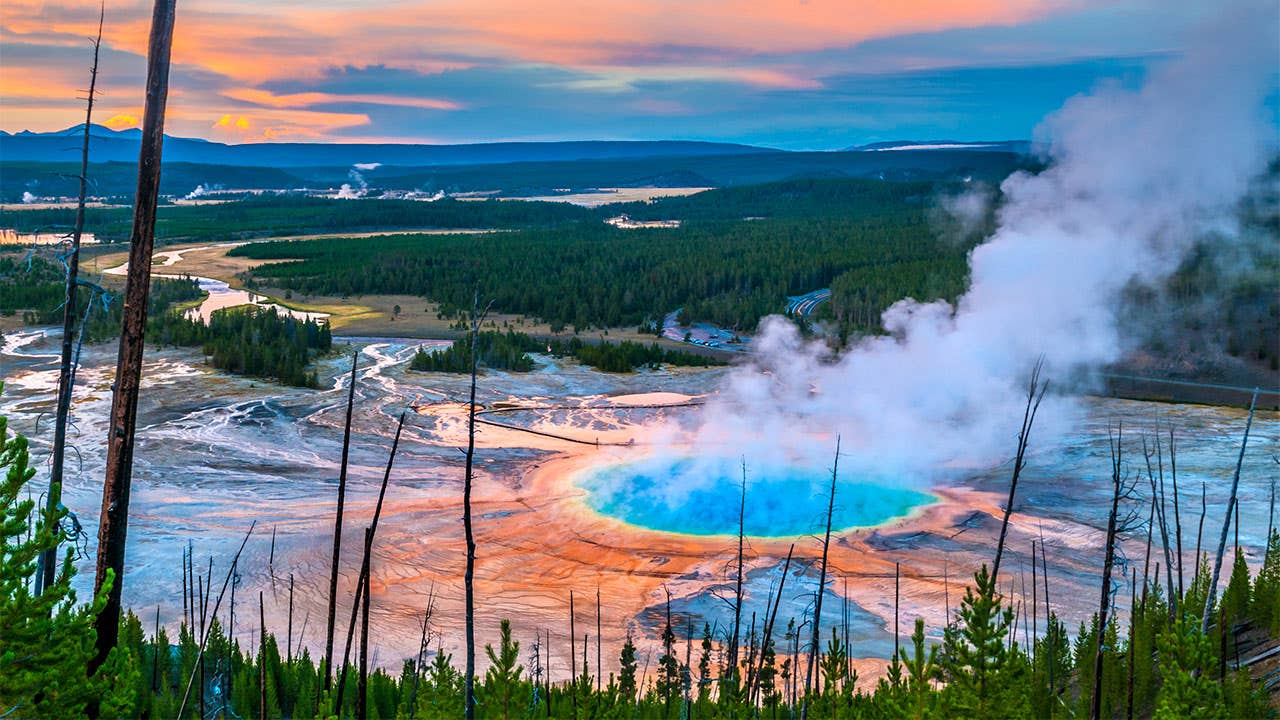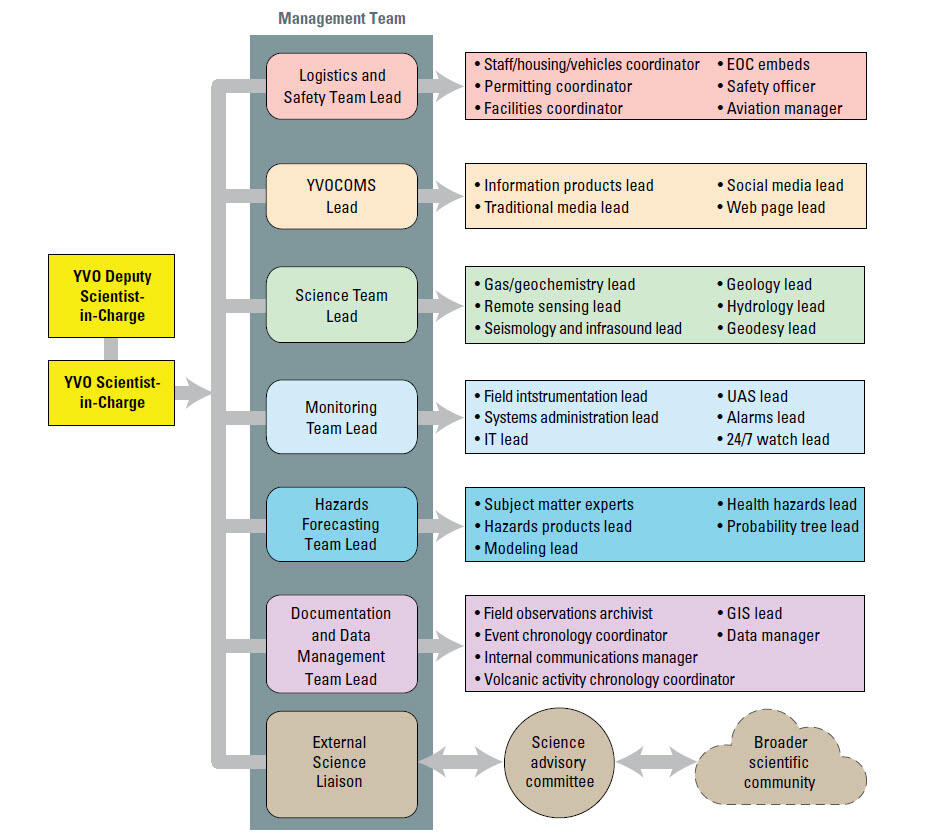Striking new images reveal the hidden magma network beneath Yellowstone
New seismic imaging reveals Yellowstone’s magma chamber sits 3.8 km below the surface and isn’t at risk of erupting anytime soon.

A new study has finally provided a detailed picture of what lies just below Yellowstone’s surface. (CREDIT: iStock.com / kwiktor)
Beneath Yellowstone National Park lies something extraordinary—a giant underground chamber filled with molten rock, trapped gases, and intense heat. For years, scientists have known about this volcanic reservoir. But only recently have they been able to see its upper boundary with real clarity.
A new study has finally provided a detailed picture of what lies just below the surface, and it’s changing how researchers understand the risks and mysteries hidden beneath this famous national park.
Thanks to the work of seismologists from the University of Utah and the University of New Mexico, the veil over Yellowstone’s volcanic heart is lifting. Their findings were published in the prestigious journal Nature, and the data is both eye-opening and reassuring.
A Sharper Look Beneath the Surface
The new research used an innovative approach. Rather than waiting for natural earthquakes, the team created their own seismic waves. Using a Vibroseis truck—a machine normally used in oil and gas exploration—they shook the ground at 110 different locations in Yellowstone. At each site, the machine delivered 20 powerful vibrations, each lasting about 40 seconds.
Nearby, 650 portable seismometers were placed along park roads at intervals of 100 to 150 meters. These small devices recorded how the ground moved. By studying the data, scientists built detailed two-dimensional images of the Earth’s subsurface—similar to a CT scan of the human body, but for rocks and magma.
“In a sense, we’re causing our own earthquakes, and we record all that data on the seismometers,” explained Jamie Farrell, a research associate professor at the University of Utah and chief seismologist at the Yellowstone Volcano Observatory.
This method allowed scientists to locate the top of Yellowstone’s magma chamber. They found it sits about 3.8 kilometers (12,500 feet) below the surface. That’s a lot closer than many people might expect. Even more surprising is how sharply defined the top of the chamber is compared to the surrounding rock layers.
“The depth of 3.8 kilometers is important,” said Farrell. “We know what pressures are going to be and how bubbles are going to come out of the magma. One thing that makes these eruptions so devastating is that if gases are trapped, they become very explosive as they decompress.”











